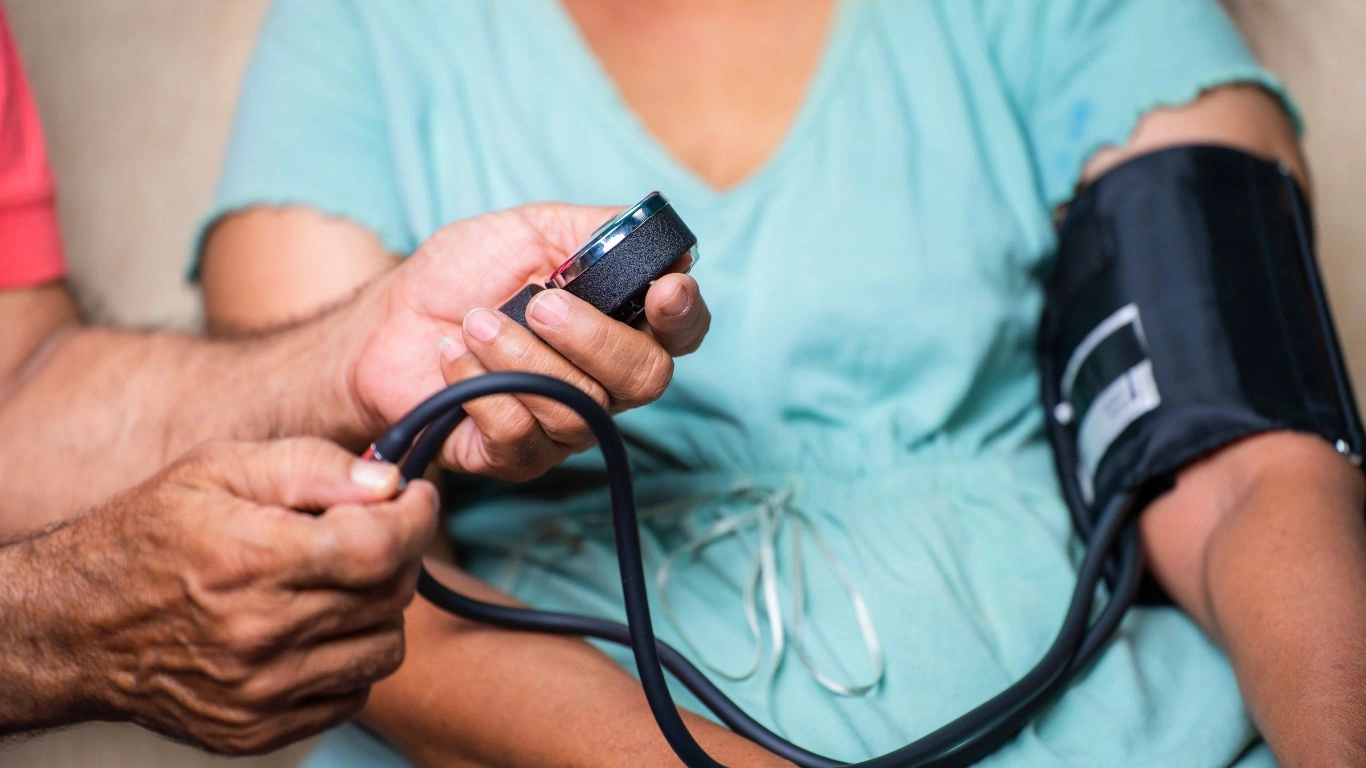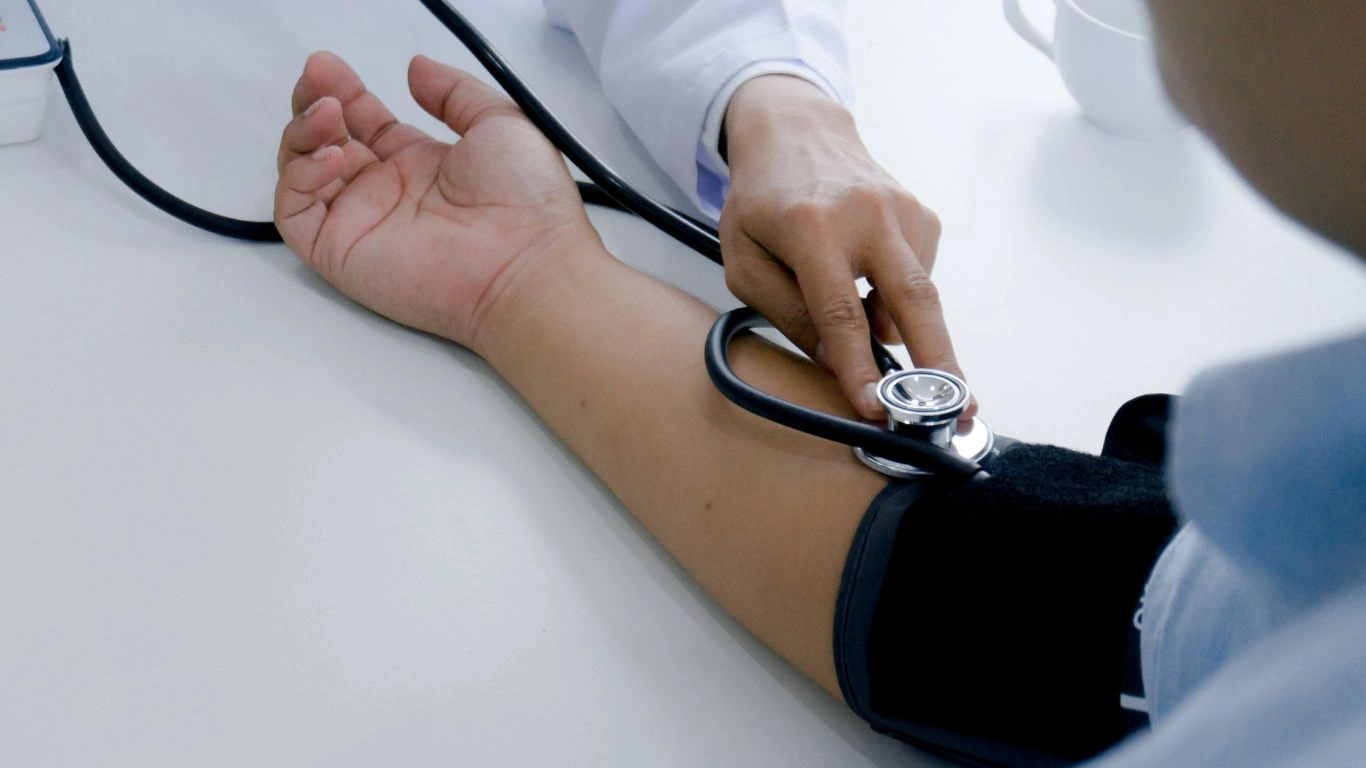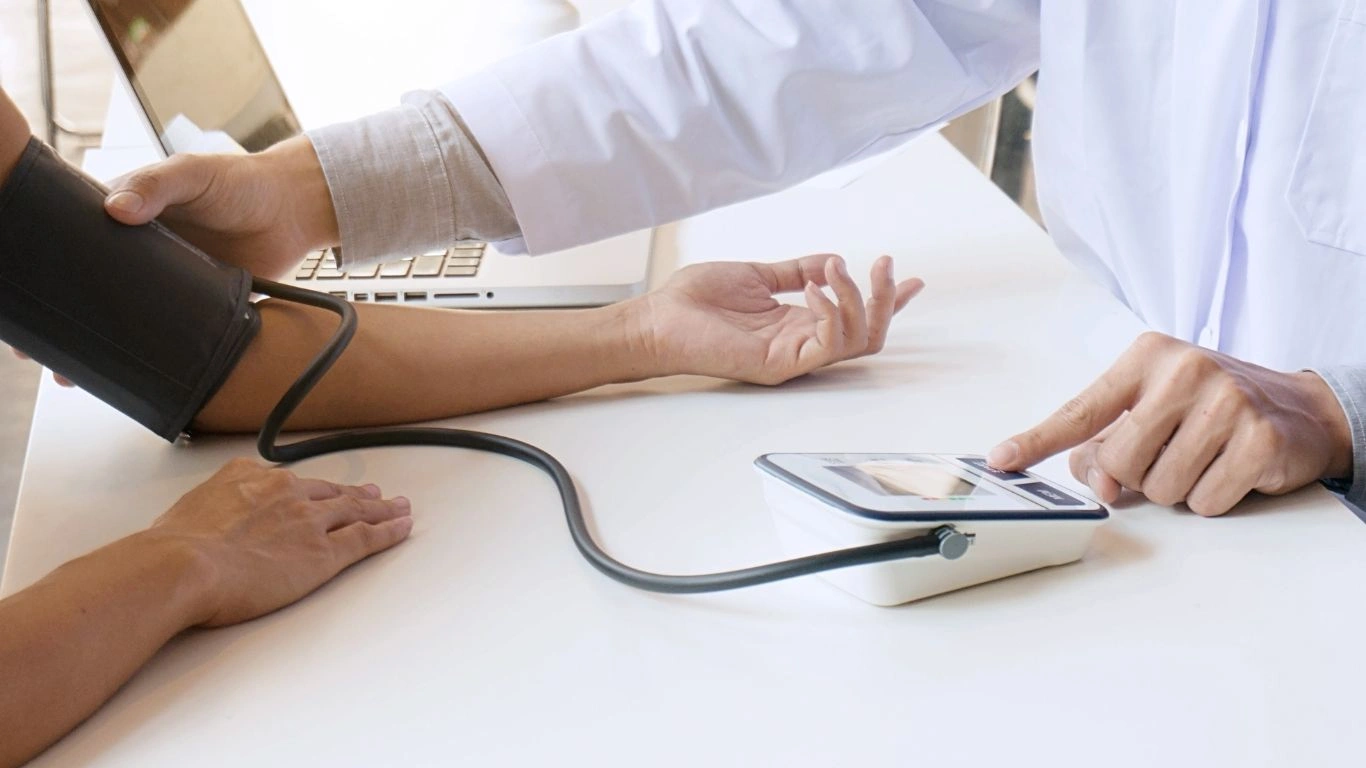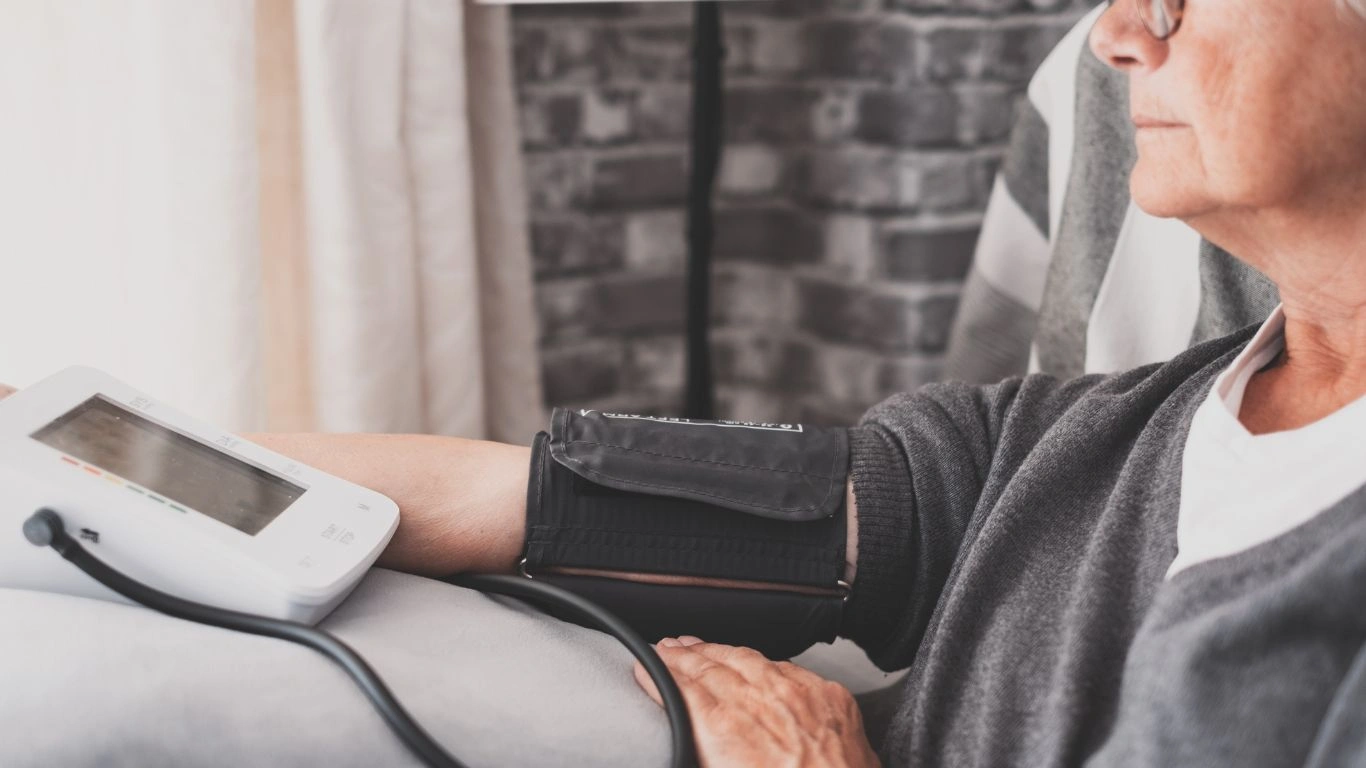Best Outdoor Activities for Hypertension: Fun, Effective, Heart-Healthy
If you’ve ever wondered how to manage high blood pressure without spending all day in a clinic or glued to a treadmill, you’re not alone. As an internal medicine physician who specializes in hypertension management, I’ve had countless conversations with patients about simple, enjoyable ways to support heart health. And one of the best-kept secrets? The best outdoor activities for hypertension management. Not only do they help lower blood pressure, they also nourish the soul, get you some much-needed sunshine, and don’t feel like a chore. Let’s dive into how nature—and a bit of movement—can be powerful medicine.
Why the Outdoors Might Be Your Best Prescription Yet

There’s something magical about stepping outside. The fresh air, the shift in scenery, the way your shoulders relax when you’re surrounded by green instead of grey. I’ve seen it happen in clinic time and time again—patients who start outdoor activities often show improved numbers on their blood pressure logs. That’s not just coincidence. Nature has science on its side.
Nature and the Nervous System
Let’s geek out for a second. Outdoor environments, especially green or blue spaces (think forests, parks, lakes), are known to activate the parasympathetic nervous system—the part of us that promotes relaxation. It counteracts the “fight or flight” mode that chronic stress often keeps us stuck in. And since stress is a big driver of high blood pressure, anything that turns the volume down on anxiety is a win.
Movement + Nature = The Sweet Spot
Here’s the kicker—when you combine movement with being outdoors, the effects are even stronger. We’re talking walking, hiking, biking, gardening, swimming—whatever gets your body moving and your senses engaged. Studies have shown that people who engage in moderate outdoor physical activity several times a week can see reductions in systolic blood pressure by as much as 5-10 mmHg. That’s medication-level effect, without the side effects.
Walking: The Unsung Hero of Hypertension Management

I tell almost every one of my patients: if you can walk, you can start healing. Walking is so underrated in the fitness world, but it’s truly one of the best outdoor activities for hypertension management. It’s gentle on the joints, it doesn’t require fancy equipment, and it can be done almost anywhere. From a stroll around your neighborhood to a shaded forest trail—walking works.
How Often Should You Walk?
Ideally, aim for 30 minutes a day, 5 days a week. But don’t stress if you can’t hit that immediately. Start with 10-minute increments. I had one patient, Maria, who started walking her dog twice a day for just 15 minutes. Six months later, her BP was down by 12 points, and she was able to reduce one of her meds. True story.
Make It Fun, Not a Task
- Invite a friend or partner to walk with you—it adds accountability and makes it more social.
- Switch up your routes to keep it fresh and interesting.
- Listen to a podcast, audiobook, or just the birds chirping—whatever puts you at ease.
Gardening: Dig In and Destress

Yup, playing in the dirt counts. Gardening is another one of those stealthy activities that checks all the boxes. You’re moving your body, soaking up vitamin D, and connecting with something living and growing. Plus, the sense of accomplishment that comes from nurturing a plant (or harvesting your own tomatoes) is surprisingly therapeutic.
The Physical Side of Gardening
You might not think of gardening as exercise, but trust me—your legs, back, and arms will tell you otherwise. Pulling weeds, hauling soil, and planting all get your heart rate up, especially if you’re out there for 30 minutes or more. It’s gentle, functional movement that adds up over time.
Mental Health Benefits
When you’re elbow-deep in soil, it’s hard to be anxious about work emails or traffic. That mental break is gold for hypertension management. Chronic stress is a known contributor to elevated blood pressure, and outdoor hobbies like gardening offer a practical, enjoyable way to dial it down.
Pro Tip: Grow Edibles
Want a bonus? Grow your own herbs and vegetables. Not only does this connect you to your food, it also encourages a heart-healthy diet. I’ve had patients say that having fresh basil or cherry tomatoes just steps away makes them eat better without even trying.
Let Your Body Lead
When we talk about the best outdoor activities for hypertension management, it’s not about pushing yourself to exhaustion or following someone else’s fitness routine. It’s about tuning into what feels good and sustainable for you. If hiking up a steep trail doesn’t appeal, a walk on the beach might. If gardening sounds like a chore, maybe cycling through the neighborhood park feels more your speed. Your body gives you cues. Listen to them.
And trust me, you don’t need to be perfect. Start where you are. As a physician, I can’t tell you how many small, consistent steps I’ve seen make huge differences. It’s not about intensity. It’s about showing up, regularly, in ways that bring you peace, joy, and movement.
Cycling: Low Impact, High Reward

Alright, let’s talk about a classic: cycling. Whether it’s a leisurely ride around your block or a weekend trail adventure, biking is a fantastic cardiovascular activity that gets your heart pumping in a safe, joint-friendly way. It’s one of the best outdoor activities for hypertension management—and honestly, it feels more like fun than a workout, which is kind of the point.
Why It Works for Blood Pressure
When you hop on a bike, you’re engaging major muscle groups like your glutes, quads, and core. This kind of steady, rhythmic activity is excellent for strengthening your heart and improving circulation. I’ve had patients in their 60s and 70s take up biking after decades of being sedentary, and their blood pressure numbers start trending in the right direction within weeks.
Worried About Safety?
No problem—start small. Choose flat, paved bike paths or even an indoor stationary bike if you’re easing back into movement. I always recommend using a helmet, of course, and staying mindful of traffic. If balance is an issue, consider a three-wheeled bike. Yes, they exist, and yes, they’re awesome.
Swimming and Water Walking: Gentle on the Body, Strong for the Heart

Let’s not sleep on the water. Swimming—or even just walking in a shallow pool—is an underrated form of aerobic exercise that’s perfect for folks with joint issues or mobility concerns. And yes, it absolutely belongs on the list of the best outdoor activities for hypertension management.
What Makes Water So Effective?
The resistance of water gives your muscles a workout without adding strain to your joints. Plus, the hydrostatic pressure (fancy term, I know) from the water helps promote better blood flow and reduces swelling. I had a patient with knee arthritis who couldn’t tolerate walking on land, but after switching to pool workouts, she saw not only better mobility but also lower BP readings within a few weeks.
Pro Tips for Getting Started
- Find a local YMCA or community pool with open swim hours or water aerobics classes.
- Try pool walking if you’re not ready for full-on swimming—just moving against water does wonders.
- Morning swims are especially relaxing, and they set a calm tone for the rest of your day.
Hiking: The Ultimate Nature Prescription

There’s something primal and grounding about a good hike. The combination of fresh air, nature sounds, and physical challenge makes hiking a full-body experience—and it’s a favorite of mine to recommend for both physical and emotional health. Not to mention, it’s one of the best outdoor activities for hypertension management that also gives you a massive mood boost.
Start Slow, Build Gradually
You don’t need to scale a mountain on day one. Even a flat nature trail counts. I had a patient, George, who started by walking the wooded loop behind his apartment complex. He gradually worked up to weekend hikes at local parks, and six months later, not only was his BP better—he reported sleeping better and feeling less anxious, too.
What to Bring on a Hike
- Comfortable, supportive shoes (trust me, your knees will thank you).
- Water—hydration is key, especially in warmer months.
- A hat and sunscreen for sun protection.
- A buddy, if possible. Hiking is always safer and more fun with a friend.
Outdoor Tai Chi and Yoga: Slow Movements, Strong Impact
Now for the mellow crew—if intense activity isn’t your thing (yet), that’s totally fine. Tai chi and yoga are gentle, meditative movement practices that are often practiced outdoors in parks, beaches, or backyards. They combine breathing, balance, and awareness—all things that directly counteract the stress response that can send your blood pressure soaring.
Science-Backed Benefits
There’s good research showing that tai chi in particular can lower systolic blood pressure by around 10 mmHg when practiced consistently. Yoga, especially forms that emphasize breathwork and mindfulness, is another winner. I’ve had patients reduce their reliance on antihypertensive meds simply by practicing 20 minutes of outdoor yoga a few times a week.
Why Outdoors Amplifies the Effect
Doing these slow, intentional movements under the open sky adds another layer of calm. You’re not just stretching your body—you’re relaxing your nervous system. And you don’t have to be flexible or experienced to start. Many local communities offer free or donation-based outdoor classes in the mornings or evenings. Just bring a mat or towel and your willingness to breathe deeply.
How to Stay Consistent with Outdoor Activities
Consistency really is the secret sauce here. Even the best outdoor activities for hypertension management won’t work their magic if they’re just a once-a-month thing. So how do you keep going when life gets busy or motivation dips?
Real-Life Tips That Have Helped My Patients:
- Set a routine: Treat your activity like an appointment—put it on your calendar.
- Find your “why”: Whether it’s more energy, fewer pills, or keeping up with grandkids, your why keeps you going.
- Join a community: Walking groups, gardening clubs, or outdoor fitness meetups make it social and more fun.
- Track your wins: Keep a simple journal or log where you note how you feel after each activity. It’s a huge motivator.
Ultimately, movement should feel like something you enjoy—not just something you have to do. There’s no perfect workout. There’s just what works for you. And when that includes sunshine, nature, and maybe even a few endorphins? That’s the kind of medicine I love to prescribe.
Outdoor Group Fitness: Motivation in Numbers

Let’s be honest—sometimes it’s just easier to show up when someone else is expecting you. That’s where outdoor group fitness classes come in. Whether it’s a bootcamp at the local park, sunrise Pilates on the beach, or a walking club that meets twice a week, these group activities are more than just exercise—they’re built-in accountability, community, and a good time. And yes, they’re absolutely among the best outdoor activities for hypertension management.
Why Group Settings Help You Stay Consistent
I’ve had patients tell me that the biggest thing keeping them moving wasn’t willpower—it was friendship. One patient, Tony, joined a free weekend fitness meetup in his neighborhood. He admitted he hated working out alone but loved chatting with folks during the cooldown stretches. Two months in, his blood pressure dropped by 15 points, and he hadn’t missed a single Saturday. Turns out, support systems are therapeutic in more ways than one.
Where to Find Outdoor Fitness Groups
- Check your local parks and recreation website for free or low-cost programs.
- Browse community boards, Facebook groups, or Meetup for walking or cycling groups.
- Ask your healthcare provider—some clinics now refer patients to community-based fitness groups.
Mindful Outdoor Practices: Breath, Stillness, and Heart Health

We often focus so much on movement that we forget about stillness. But mindful outdoor activities—like meditation, forest bathing, or even just sitting in silence—have serious heart health benefits. I know it sounds woo-woo, but trust me, this stuff is backed by science.
What Is Forest Bathing?
No, you’re not literally taking a bath in the woods. “Forest bathing” is a Japanese practice (Shinrin-yoku) that simply involves immersing yourself in a natural setting—walking slowly, noticing the details, and letting your senses absorb everything around you. It’s been linked to lower cortisol levels, reduced blood pressure, and even improved immune function.
How to Practice Outdoor Mindfulness
- Find a quiet outdoor spot—your backyard, a park bench, or a wooded trail.
- Leave your phone behind or put it on silent.
- Sit or walk slowly, focusing on what you see, hear, smell, and feel.
- Breathe deeply and try to let go of your mental to-do list.
These moments of presence may feel simple, but they can be profoundly healing. I’ve even started prescribing “10 minutes of nature stillness” for some of my stressed-out patients—it’s like a reset button for the nervous system.
Seasonal Tips for Staying Active Outdoors
One thing I hear a lot is, “What do I do when it’s too hot/cold/rainy?” Fair question. Weather can be a hurdle—but it doesn’t have to be a deal-breaker. With a little creativity, you can make outdoor activity a year-round habit, no matter where you live.
Warm Weather Tips
- Move early in the morning or in the evening when it’s cooler.
- Wear lightweight, moisture-wicking clothing and a wide-brimmed hat.
- Don’t forget sunscreen and water—hydration is key!
Cold Weather Tips
- Dress in layers—base layer for sweat-wicking, mid-layer for warmth, outer layer for wind or rain.
- Warm up indoors before stepping outside to avoid stiff muscles.
- Try snowshoeing or brisk walks on dry sidewalks—it’s all about staying safe and moving.
When It’s Really Unpleasant Outside…
If the weather’s just not cooperating, it’s okay to take it indoors now and then. Indoor walking tracks, rec center pools, or a simple living room yoga session can bridge the gap until you’re back outside. The key is not losing the momentum you’ve built.
Small Steps, Big Impact
Let me say this clearly: you do not have to be an athlete or outdoorsy type to benefit from these activities. You just need a willingness to start small. A walk around the block. A few minutes pulling weeds. A deep breath under a tree. These are the best outdoor activities for hypertension management not because they’re intense—but because they’re sustainable, enjoyable, and rooted in real-life experience.
From the clinic to the park, I’ve watched patients reclaim their health one small action at a time. And that’s what makes this approach so powerful. It’s not a crash course or a quick fix—it’s a lifestyle shift. One that feels more like a gift than a prescription.
References
- Centers for Disease Control and Prevention
- American Heart Association
- National Center for Biotechnology Information
- National Institutes of Health
Disclaimer
This content is for educational purposes only and is not a substitute for professional medical advice, diagnosis, or treatment. Always consult with your physician or other qualified healthcare provider before starting any new exercise program, especially if you have chronic medical conditions like hypertension.

Dr. Gwenna Aazee is a board-certified Internal Medicine Physician with a special focus on hypertension management, chronic disease prevention, and patient education. With years of experience in both clinical practice and medical writing, she’s passionate about turning evidence-based medicine into accessible, actionable advice. Through her work at Healthusias.com, Dr. Aazee empowers readers to take charge of their health with confidence and clarity. Off the clock, she enjoys deep dives into nutrition research, long walks with her rescue pup, and simplifying medical jargon one article at a time.






